Home>Gardening & Outdoor>Outdoor Recreation & Activities>How To Do Cool Tricks On A Trampoline
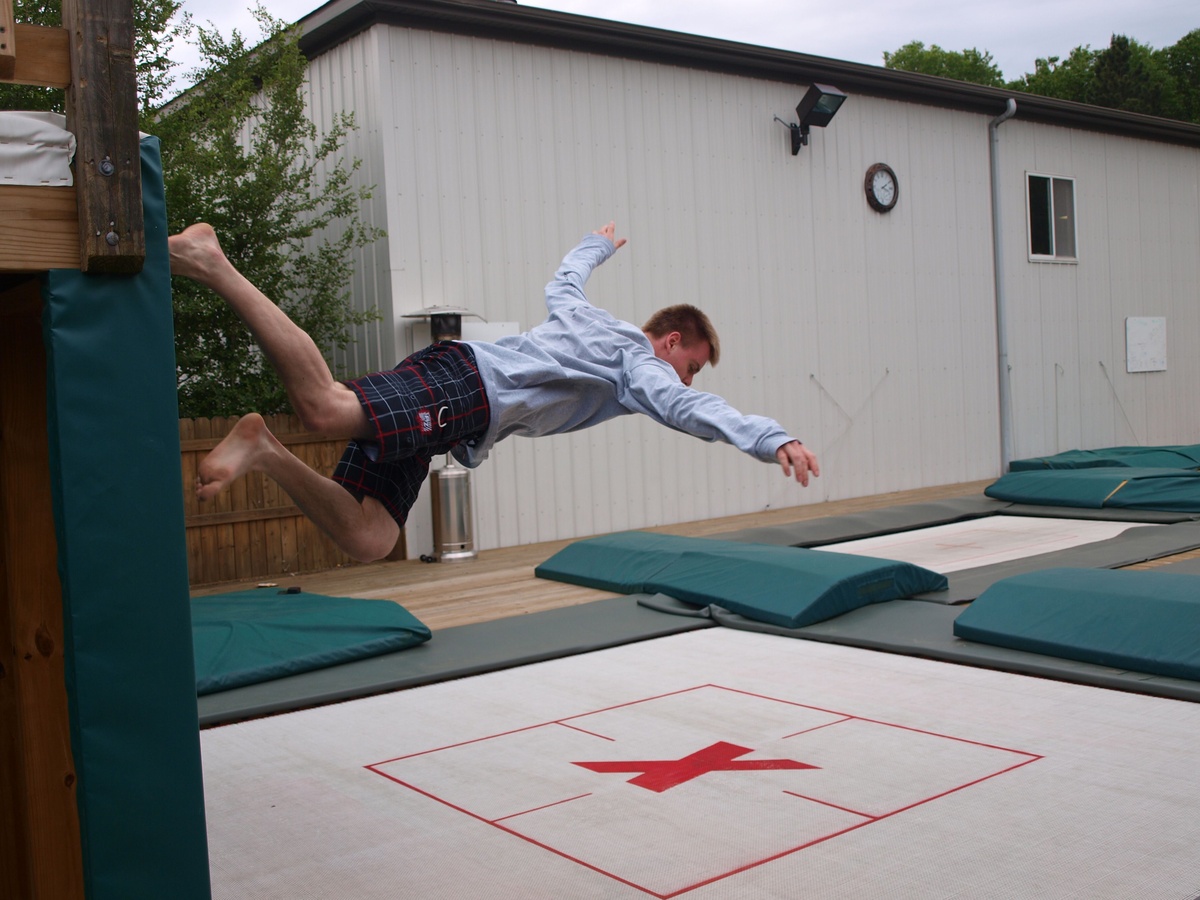

Outdoor Recreation & Activities
How To Do Cool Tricks On A Trampoline
Modified: January 4, 2024
Learn how to perform impressive tricks on a trampoline with our expert tips and techniques for outdoor recreation and activities. Master the art of trampoline stunts today!
(Many of the links in this article redirect to a specific reviewed product. Your purchase of these products through affiliate links helps to generate commission for Storables.com, at no extra cost. Learn more)
**
Introduction
**
Welcome to the exhilarating world of trampolining! Whether you're a beginner or an experienced bouncer, learning how to perform cool tricks on a trampoline can take your skills to new heights. Trampolining is not only a fun recreational activity but also a great way to improve coordination, balance, and agility. In this guide, we'll explore a variety of impressive tricks that will have you bouncing with confidence and style.
Trampolining is an activity that appeals to people of all ages, from kids to adults. It provides a fantastic way to stay active while enjoying the sensation of weightlessness and the thrill of defying gravity. However, it's essential to approach trampolining with caution and respect for safety guidelines. Before delving into the exciting world of trampoline tricks, let's first discuss some crucial safety precautions to ensure a fun and injury-free experience.
So, buckle up and get ready to explore the art of trampoline tricks, from basic bounces to impressive flips and spins. Whether you're looking to impress your friends or simply want to master new skills, this guide will equip you with the knowledge and techniques to take your trampolining abilities to the next level. Let's dive in and discover the joy of performing cool tricks on a trampoline!
**
Key Takeaways:
- Mastering trampoline tricks requires prioritizing safety, building foundational skills with basic bounces, and progressing to advanced maneuvers like flips and spins.
- Embrace the joy of defying gravity and showcasing agility through trampoline tricks, while always prioritizing safety and pushing the boundaries of what’s possible.
Read more: How To Do Flips On A Trampoline
Safety Precautions
**
Before embarking on your trampoline trick journey, it's crucial to prioritize safety. While trampolining can be incredibly enjoyable, it also carries inherent risks. By adhering to essential safety precautions, you can minimize the likelihood of accidents and ensure a secure and enjoyable experience.
Here are some vital safety measures to keep in mind when practicing trampoline tricks:
**
- Inspect the trampoline: Before each use, carefully examine the trampoline for any signs of damage or wear. Ensure that the frame, springs, and jumping mat are in good condition and free from defects. Address any issues promptly to maintain a safe trampolining environment.
- Secure the surroundings: Clear the area around the trampoline of any obstacles, sharp objects, or hazards that could pose a risk during bouncing or landing. The space above the trampoline should also be free from overhanging branches, wires, or other obstructions.
- Supervision and training: Beginners, especially children, should receive proper supervision and guidance from experienced trampolinists or instructors. Learning the fundamentals of trampolining and tricks under the supervision of a knowledgeable individual can significantly reduce the likelihood of accidents.
- One at a time: To prevent collisions and ensure a safe bouncing environment, only one person should use the trampoline at a time. Attempting tricks simultaneously can lead to accidental contact and potential injuries.
- Use safety padding: Install adequate safety padding, such as frame pads and spring covers, to cushion the trampoline's hard surfaces. This minimizes the risk of impact injuries and provides added protection during trick attempts.
- Warm-up and stretching: Prior to attempting advanced tricks, it's essential to warm up your muscles and perform stretching exercises. This helps prevent strains and enhances flexibility, reducing the likelihood of muscle-related injuries.
- Master the basics: Before progressing to complex tricks, ensure that you have a solid grasp of basic trampoline techniques, including proper bouncing, body positioning, and landing. Building a strong foundation of fundamental skills is essential for safely advancing to more challenging maneuvers.
- Know your limits: While pushing your boundaries is an integral part of trampolining, it's crucial to recognize your skill level and avoid attempting tricks beyond your capabilities. Gradually progress to more advanced maneuvers as you gain confidence and proficiency.
- Weather conditions: Avoid trampolining during adverse weather conditions, such as strong winds, rain, or thunderstorms. Wet surfaces can make the trampoline slippery, while gusty winds can affect stability and control.
- Proper attire: Wear suitable athletic attire and footwear with good grip when practicing trampoline tricks. Avoid loose clothing that could get caught in the trampoline's components, and remove any jewelry or accessories that may pose a safety hazard.
**
By adhering to these safety precautions, you can create a secure trampolining environment and minimize the risk of accidents or injuries. Remember, safety should always be the top priority when engaging in trampoline tricks, allowing you to fully enjoy the thrill of bouncing while mitigating potential hazards.
**
Basic Bounces
**
Mastering basic bounces forms the foundation of trampoline trickery. These fundamental maneuvers not only provide a starting point for aspiring trampolinists but also serve as building blocks for more advanced tricks. Let’s explore some essential basic bounces that will set the stage for your trampolining journey.
**
- Straight Bounce: The straight bounce is the most fundamental trampoline movement, involving a vertical up-and-down motion. To execute this bounce, maintain an upright posture, bend your knees slightly, and use the balls of your feet to propel yourself upward. Focus on achieving a consistent rhythm and height with each bounce.
- Tuck Jump: In a tuck jump, you bring your knees up to your chest while in mid-air, creating a compact, tucked position. Start with a straight bounce and then pull your knees toward your chest, wrapping your arms around them. This classic trampoline move offers a simple yet versatile foundation for various tricks and transitions.
- Pike Jump: Similar to the tuck jump, the pike jump involves bringing your legs up, but instead of tucking them to your chest, you extend them forward, parallel to the ground. Maintain a straight posture as you lift your legs, creating a graceful and elongated position in the air. The pike jump serves as a precursor to more complex aerial maneuvers.
- Straddle Jump: In a straddle jump, you spread your legs apart to the sides while in mid-air, forming a wide straddle position. This basic bounce introduces lateral movement and flexibility, laying the groundwork for tricks that involve splitting your legs during airborne sequences.
- Seat Drop: The seat drop is a foundational trick that involves landing on the trampoline in a seated position before bouncing back up. Start with a straight bounce, then transition into a seated position, making contact with the trampoline surface before springing back to an upright stance. Mastering the seat drop provides a gateway to more intricate seat-based maneuvers.
**
By honing these basic bounces, you’ll develop essential skills in control, timing, and body awareness, setting the stage for more advanced trampoline tricks. Embrace the simplicity of these foundational movements, as they serve as the building blocks for an exciting repertoire of aerial acrobatics and dynamic maneuvers.
**
Seat Drops and Front Drops
**
Seat drops and front drops introduce a dynamic dimension to trampoline trickery, combining controlled landings with seamless transitions into subsequent movements. These fundamental maneuvers lay the groundwork for mastering more complex tricks and aerial sequences. Let’s delve into the techniques and execution of seat drops and front drops to elevate your trampolining prowess.
**
- Seat Drop:
**
The seat drop is a fundamental trampoline trick that involves landing in a seated position before rebounding back into the air. To execute a seat drop, initiate a straight bounce and, as you reach the peak of your ascent, tuck your legs and bring your feet forward, landing on the trampoline with your buttocks. Engage your core muscles to maintain stability and control during the landing, then propel yourself back up into the air with a powerful push from your legs. The seat drop serves as a versatile maneuver that can be seamlessly integrated into more complex combinations and sequences.
**
- Front Drop:
**
The front drop adds a forward-facing dynamic to trampoline tricks, requiring precision and coordination in executing a controlled landing. Begin with a straight bounce, then as you ascend, lean slightly forward and extend your legs in front of you. Upon reaching the peak of your bounce, transition into a forward-leaning position and land on the trampoline with your feet, keeping your upper body aligned with your lower body. Maintain a stable and balanced posture during the landing, then use the trampoline’s rebound to propel yourself into subsequent movements or transitions. The front drop introduces the concept of directional control and serves as a stepping stone to more advanced front-facing aerial maneuvers.
By mastering seat drops and front drops, you’ll develop essential skills in precision, timing, and body positioning, laying the groundwork for a diverse range of trampoline tricks. These foundational maneuvers provide a solid framework for expanding your repertoire of tricks and seamlessly integrating them into captivating sequences and combinations. Embrace the challenge and excitement of perfecting seat drops and front drops, as they open the door to a world of dynamic trampoline trickery.
**
When attempting cool tricks on a trampoline, always start with the basics and practice proper form and technique before moving on to more advanced tricks. This will help prevent injuries and build a strong foundation for mastering new skills.
Knee Drops and Back Drops
**
Exploring the realm of knee drops and back drops introduces a captivating fusion of precision and aerial finesse to your trampoline repertoire. These foundational maneuvers not only enhance your control and body awareness but also serve as stepping stones to more advanced tricks and sequences. Let’s delve into the techniques and execution of knee drops and back drops to elevate your trampolining prowess.
**
- Knee Drop:
**
The knee drop is a fundamental trampoline trick that involves landing on the trampoline surface with your knees before rebounding back into the air. To execute a knee drop, initiate a controlled bounce and, as you ascend, bring your knees toward your chest, positioning them beneath you. As you reach the peak of your ascent, extend your legs forward and make contact with the trampoline using your knees. Maintain a stable and balanced posture during the landing, then utilize the trampoline’s rebound to spring back into subsequent movements or transitions. The knee drop introduces the concept of controlled landings and seamless takeoffs, setting the stage for more intricate airborne maneuvers.
**
- Back Drop:
**
The back drop adds a dynamic dimension to trampoline tricks, requiring precision and coordination in executing a controlled landing on your back before smoothly transitioning into subsequent movements. Begin with a controlled bounce, then as you ascend, lean slightly backward and position your body for the back drop. As you reach the peak of your bounce, land on the trampoline surface with your upper back and shoulders, maintaining a stable and controlled posture. Utilize the trampoline’s rebound to propel yourself into subsequent movements or transitions, seamlessly transitioning from the back drop to other aerial maneuvers. The back drop introduces the concept of controlled landings and serves as a pivotal skill for mastering more advanced tricks and sequences.
By mastering knee drops and back drops, you’ll cultivate essential skills in precision, control, and body positioning, laying the groundwork for a diverse range of trampoline tricks. These foundational maneuvers provide a solid framework for expanding your repertoire of tricks and seamlessly integrating them into captivating sequences and combinations. Embrace the challenge and excitement of perfecting knee drops and back drops, as they unlock a world of dynamic trampoline trickery and aerial finesse.
**
Read more: How To Do An Aerial On A Trampoline
Twists and Spins
**
Embarking on the exhilarating realm of twists and spins infuses your trampoline routine with a captivating fusion of agility and aerial finesse. These dynamic maneuvers not only showcase your control and body awareness but also serve as building blocks for mastering more advanced tricks and sequences. Let’s delve into the techniques and execution of twists and spins to elevate your trampolining prowess.
**
- Twists:
**
Introducing twists to your trampoline repertoire adds an element of rotational flair, requiring precision and coordination to execute seamless mid-air turns. Begin with a controlled bounce, then as you ascend, initiate the twist by rotating your body along the vertical axis. Engage your core muscles to maintain stability and control as you execute the twist, ensuring a smooth and controlled rotation. Land back on the trampoline surface with poise and readiness for subsequent movements or transitions. Twists serve as a captivating expression of aerial agility and are pivotal for expanding your repertoire of advanced trampoline maneuvers.
**
- Spins:
**
Mastering spins on the trampoline introduces a dynamic dimension of rotational prowess, showcasing your ability to execute controlled and fluid mid-air rotations. Begin with a controlled bounce, then as you ascend, initiate the spin by rotating your body along the horizontal axis. Focus on maintaining a balanced and centered posture during the spin, utilizing your core muscles to facilitate a smooth and controlled rotation. Land back on the trampoline surface with precision and readiness for seamless transitions into subsequent movements. Spins exemplify your mastery of rotational finesse and are instrumental in crafting captivating trampoline sequences and combinations.
By honing twists and spins, you’ll cultivate essential skills in rotational control, body awareness, and aerial finesse, laying the groundwork for a diverse range of trampoline tricks. These dynamic maneuvers provide a solid framework for expanding your repertoire of aerial acrobatics and seamlessly integrating them into captivating sequences and combinations. Embrace the challenge and excitement of perfecting twists and spins, as they unlock a world of dynamic trampoline trickery and aerial finesse.
**
Flips and Somersaults
**
Embarking on the thrilling journey of flips and somersaults introduces an electrifying dimension of aerial acrobatics to your trampoline repertoire. These advanced maneuvers not only showcase your agility and aerial finesse but also serve as a testament to your mastery of controlled rotations and dynamic movements. Let’s delve into the techniques and execution of flips and somersaults to elevate your trampolining prowess.
**
- Flips:
**
Introducing flips to your trampoline routine adds an exhilarating element of aerial rotation, requiring precision and confidence to execute seamless mid-air maneuvers. Begin with a controlled bounce, then as you ascend, initiate the flip by tucking your body into a compact and rotational position. Engage your core muscles to facilitate a smooth and controlled rotation, ensuring a precise and balanced execution. Land back on the trampoline surface with poise and readiness for subsequent movements or transitions. Flips exemplify your mastery of aerial acrobatics and are instrumental in crafting captivating trampoline sequences and combinations.
**
- Somersaults:
**
Mastering somersaults on the trampoline introduces a dynamic dimension of aerial finesse, showcasing your ability to execute controlled and fluid rotations. Begin with a controlled bounce, then as you ascend, initiate the somersault by tucking your body and initiating a forward rotation. Focus on maintaining a balanced and centered posture during the somersault, utilizing your core muscles to facilitate a smooth and controlled rotation. Land back on the trampoline surface with precision and readiness for seamless transitions into subsequent movements. Somersaults demonstrate your mastery of aerial agility and are pivotal in crafting captivating trampoline sequences and combinations.
By honing flips and somersaults, you’ll cultivate essential skills in aerial rotation, body awareness, and dynamic acrobatics, laying the groundwork for an impressive range of trampoline tricks. These advanced maneuvers provide a solid framework for expanding your repertoire of aerial acrobatics and seamlessly integrating them into captivating sequences and combinations. Embrace the challenge and excitement of perfecting flips and somersaults, as they unlock a world of dynamic trampoline trickery and aerial finesse.
**
Conclusion
**
Congratulations on exploring the exhilarating world of trampoline tricks! From mastering basic bounces to conquering advanced flips and somersaults, your trampolining journey has been filled with excitement, challenges, and boundless opportunities for growth. As you reflect on your progress and accomplishments, it’s essential to recognize the transformative impact of honing your skills and embracing the art of aerial acrobatics.
Trampolining is not merely a recreational activity; it’s a dynamic and expressive form of physical artistry that empowers individuals to defy gravity and showcase their agility, creativity, and determination. Throughout your trampoline trick journey, you’ve honed essential skills in control, precision, and body awareness, laying the foundation for a diverse and captivating repertoire of aerial maneuvers.
As you’ve navigated through the intricacies of seat drops, twists, flips, and beyond, you’ve not only expanded your trampoline skill set but also cultivated resilience, perseverance, and a deep appreciation for the joy of movement. Each twist, spin, and somersault has been a testament to your dedication and willingness to push the boundaries of what’s possible on the trampoline.
Remember, trampolining is a journey of continual growth and discovery. Embrace the thrill of learning new tricks, refining your techniques, and inspiring others with your passion for aerial acrobatics. Whether you’re bouncing for fun, fitness, or competition, the art of trampoline tricks offers a boundless canvas for creativity and self-expression.
As you continue to elevate your trampoline prowess, always prioritize safety, respect the boundaries of your abilities, and revel in the sheer joy of defying gravity with each exhilarating bounce. Your journey as a trampolinist is a testament to the boundless potential of the human spirit and the transformative power of embracing new challenges with enthusiasm and determination.
So, as you bounce forward on your trampoline odyssey, may each twist, flip, and somersault bring you closer to realizing your full potential as a skilled and passionate trampolinist. The sky’s the limit, and the trampoline is your stage to shine and soar with unbridled enthusiasm and grace. Happy bouncing!
Frequently Asked Questions about How To Do Cool Tricks On A Trampoline
Was this page helpful?
At Storables.com, we guarantee accurate and reliable information. Our content, validated by Expert Board Contributors, is crafted following stringent Editorial Policies. We're committed to providing you with well-researched, expert-backed insights for all your informational needs.
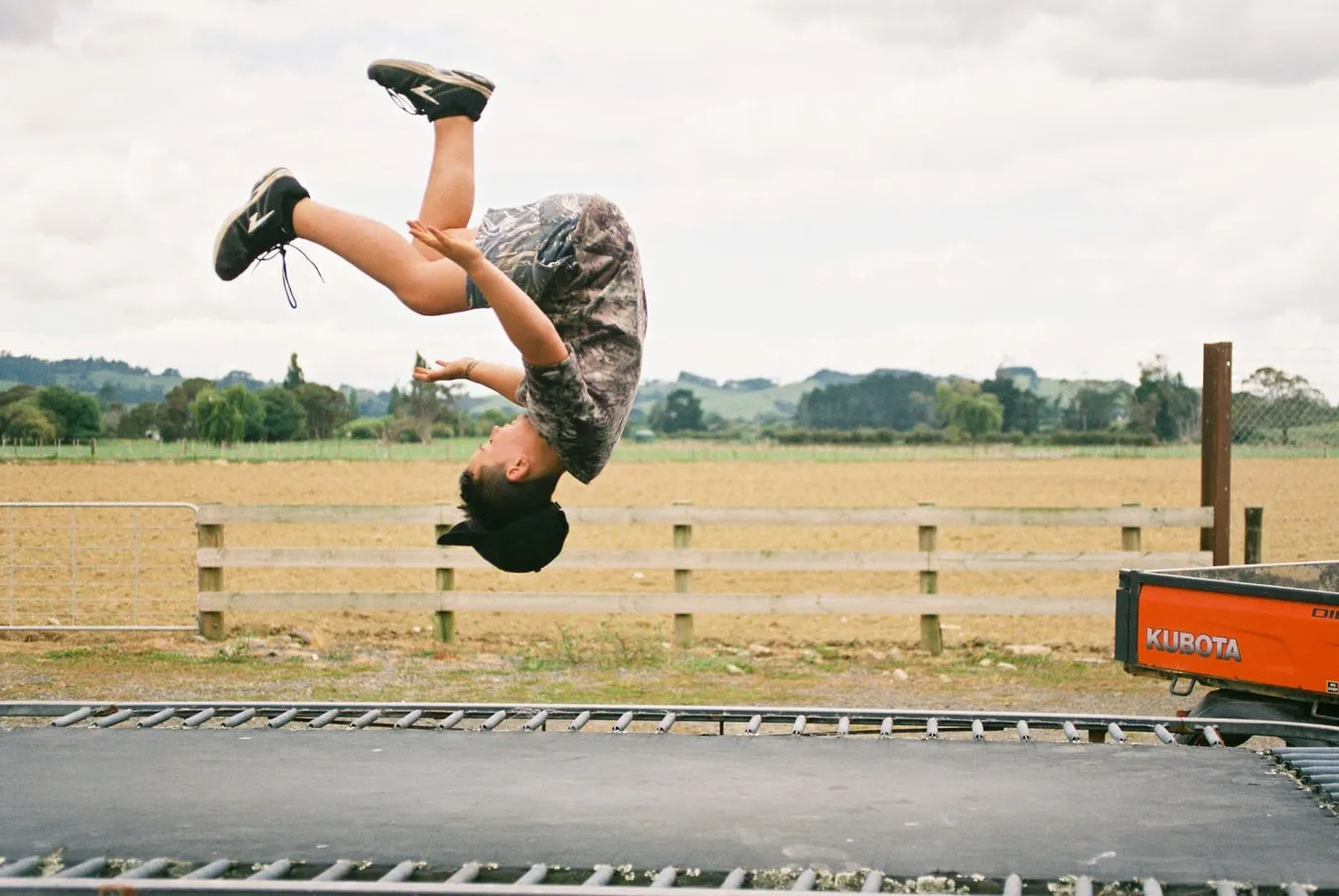
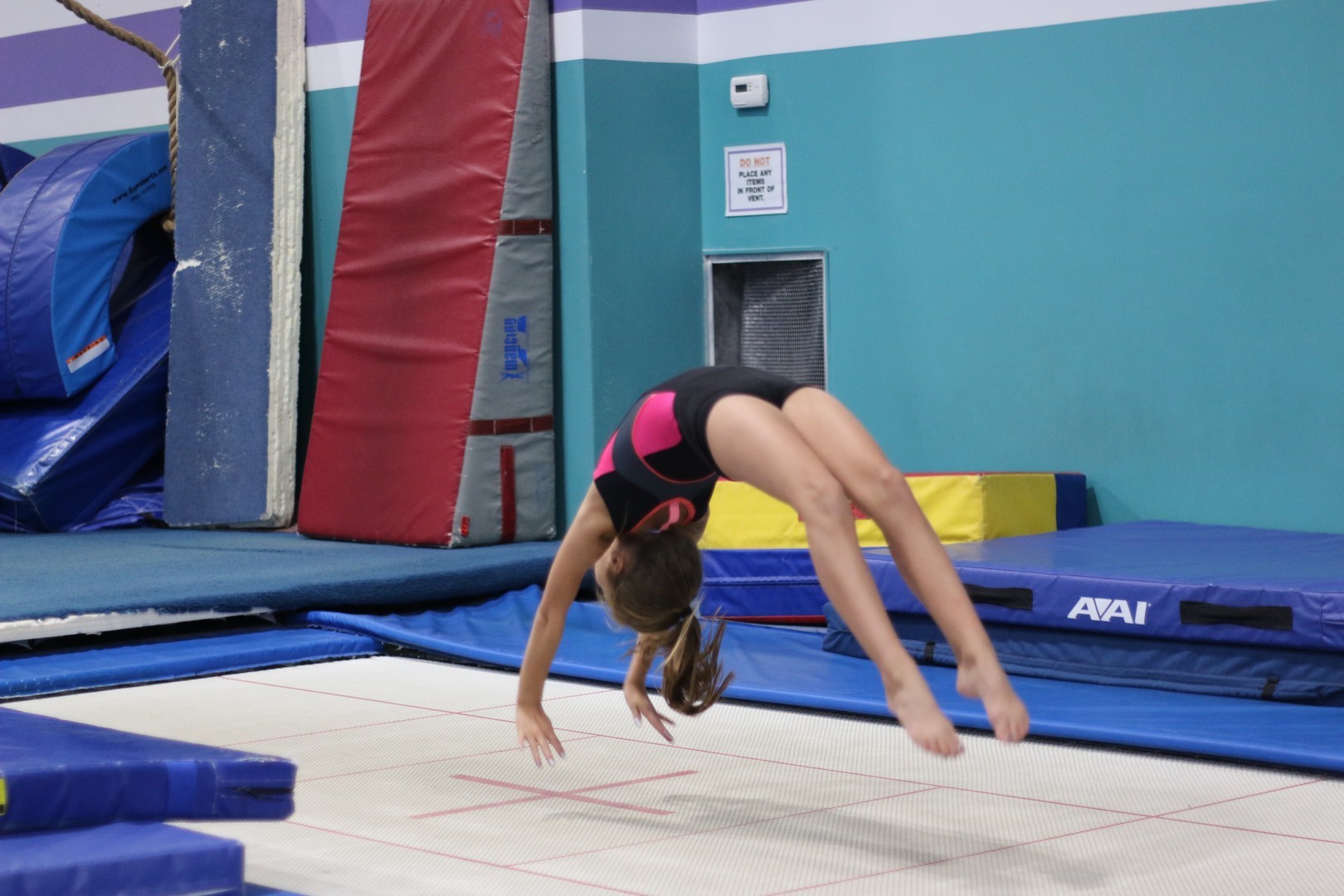
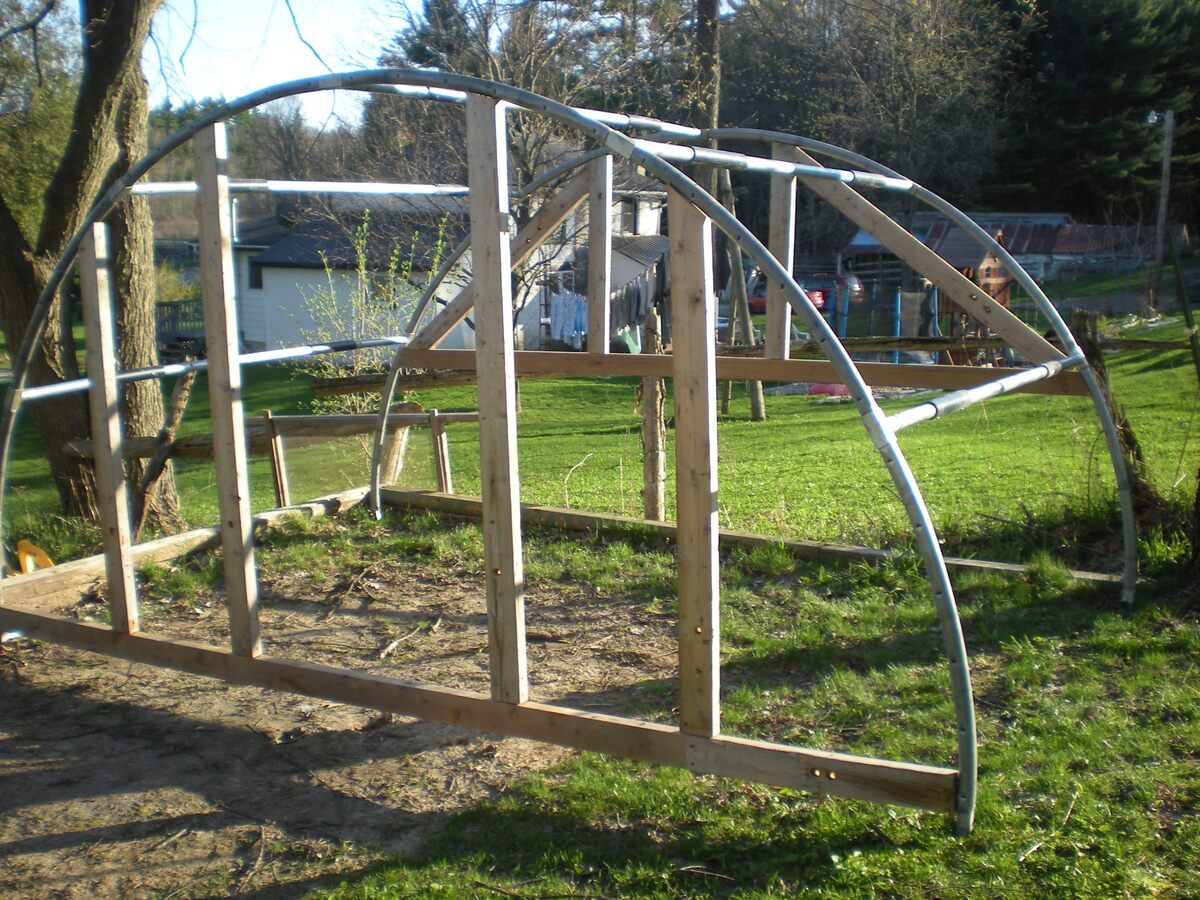


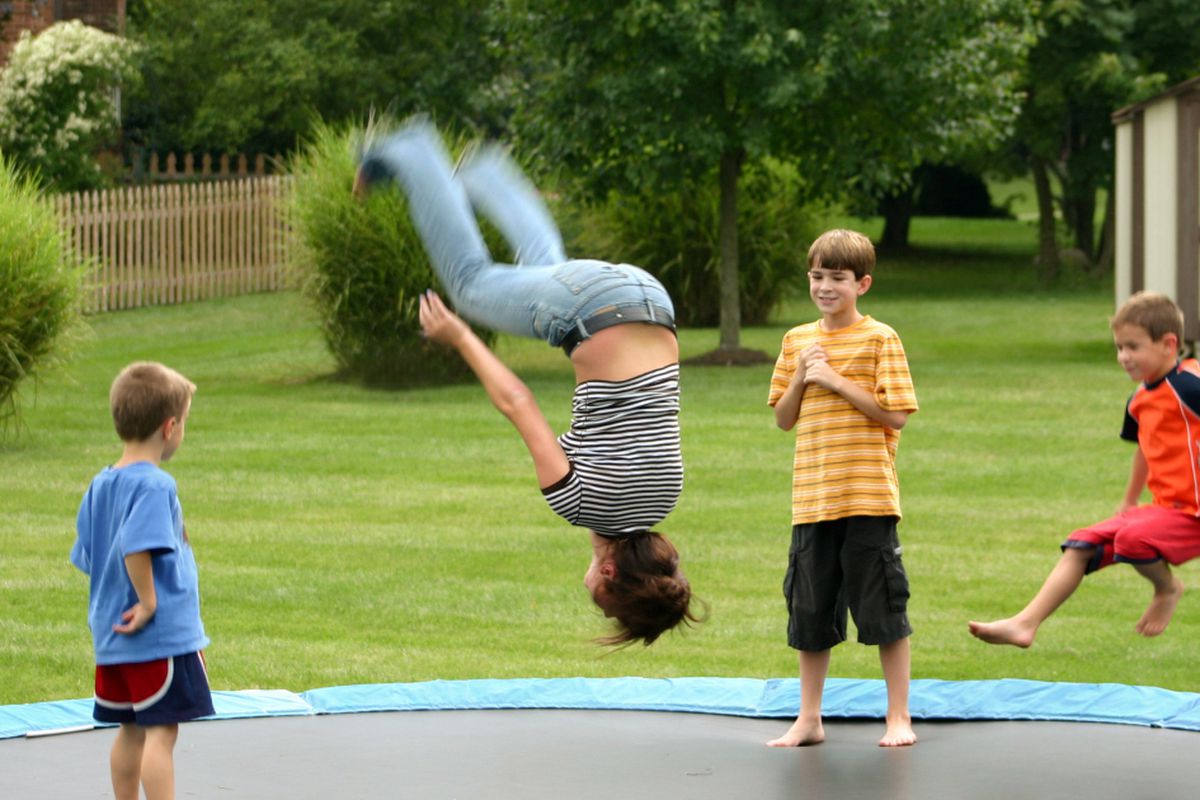
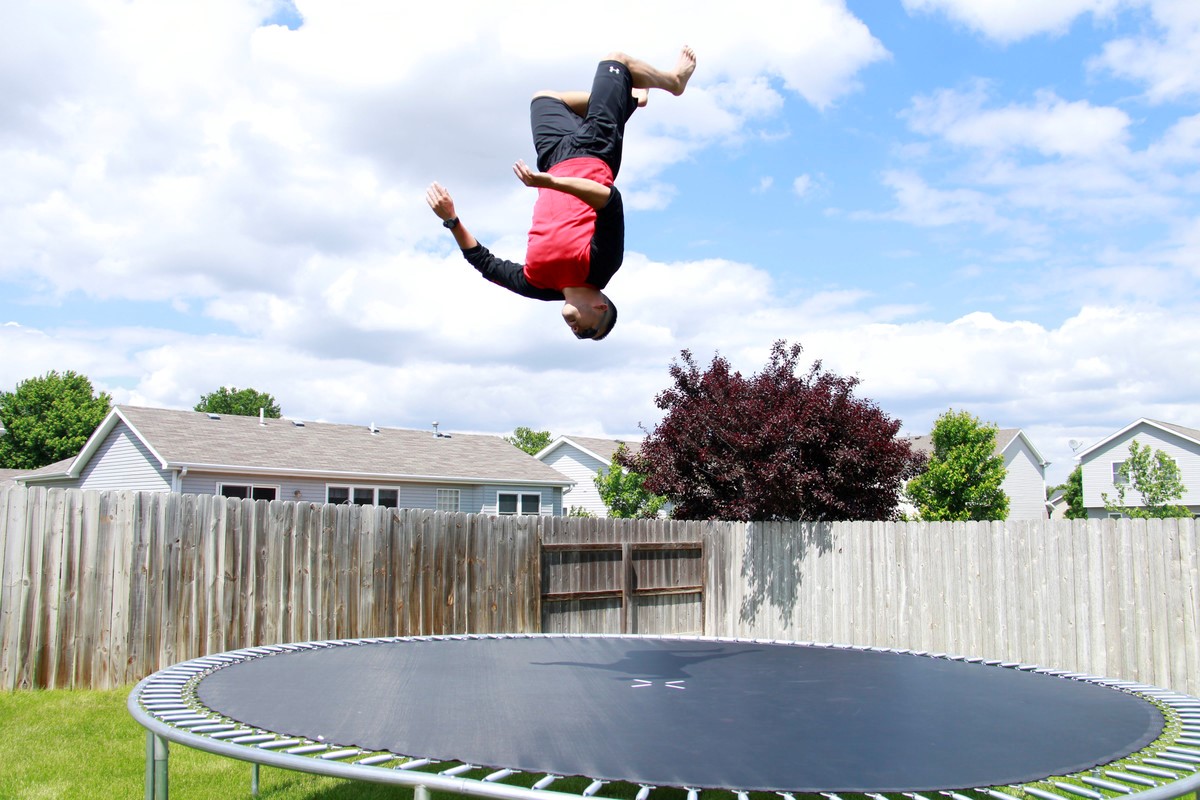

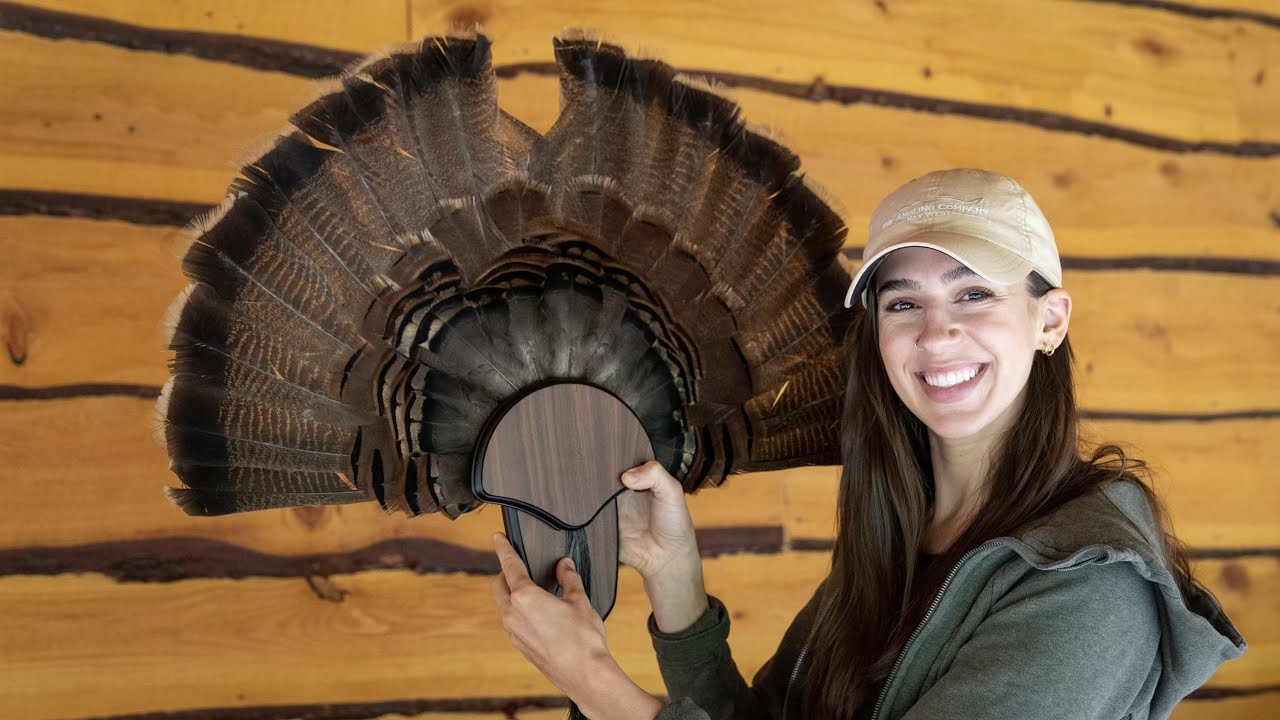
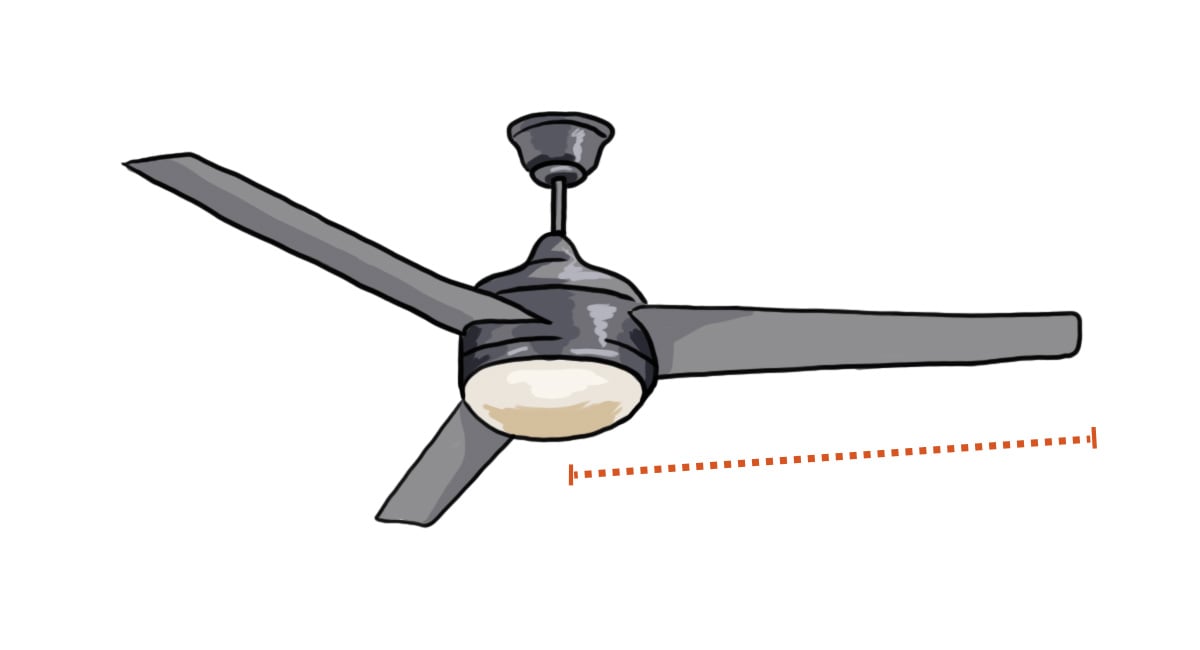
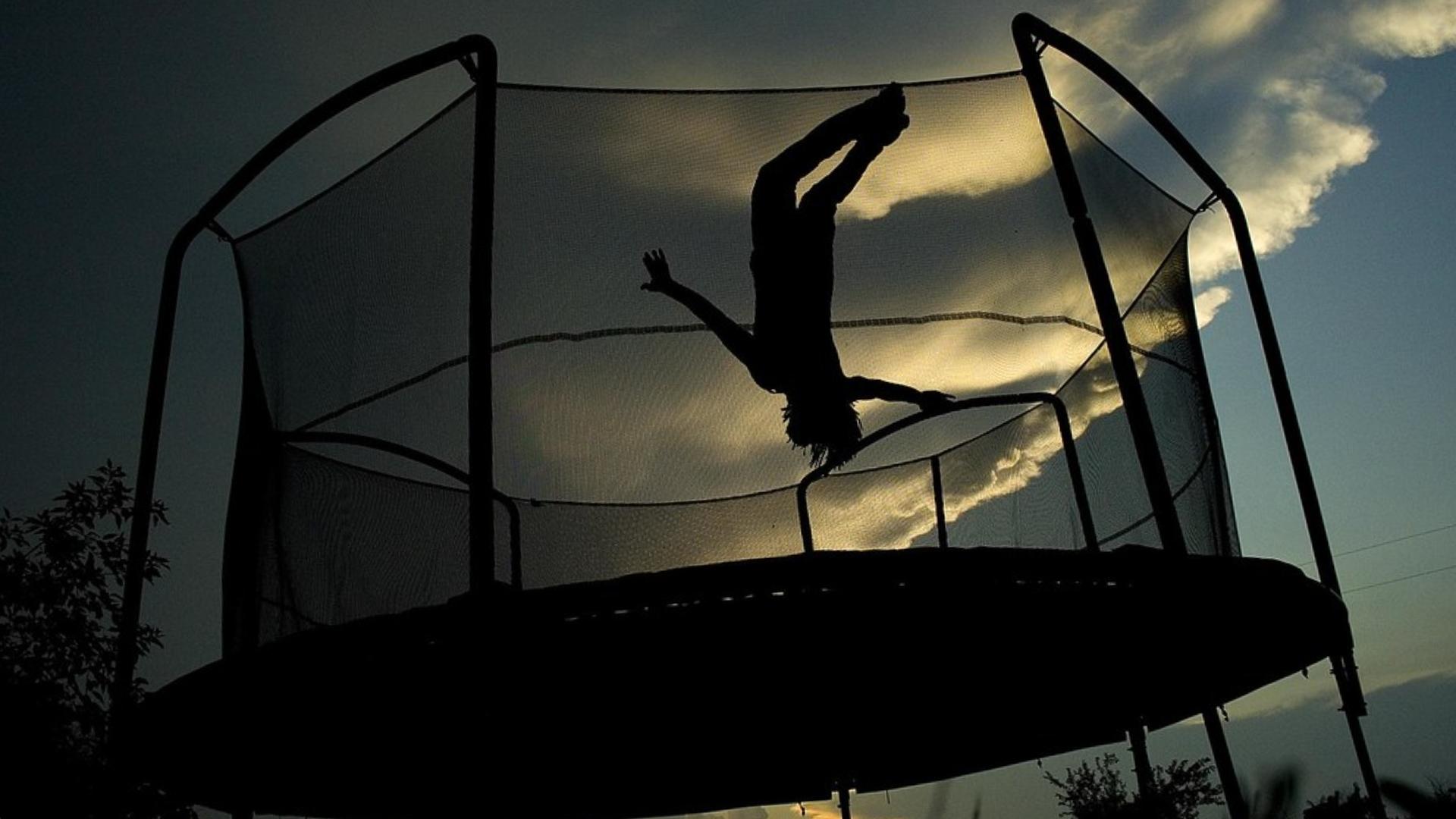

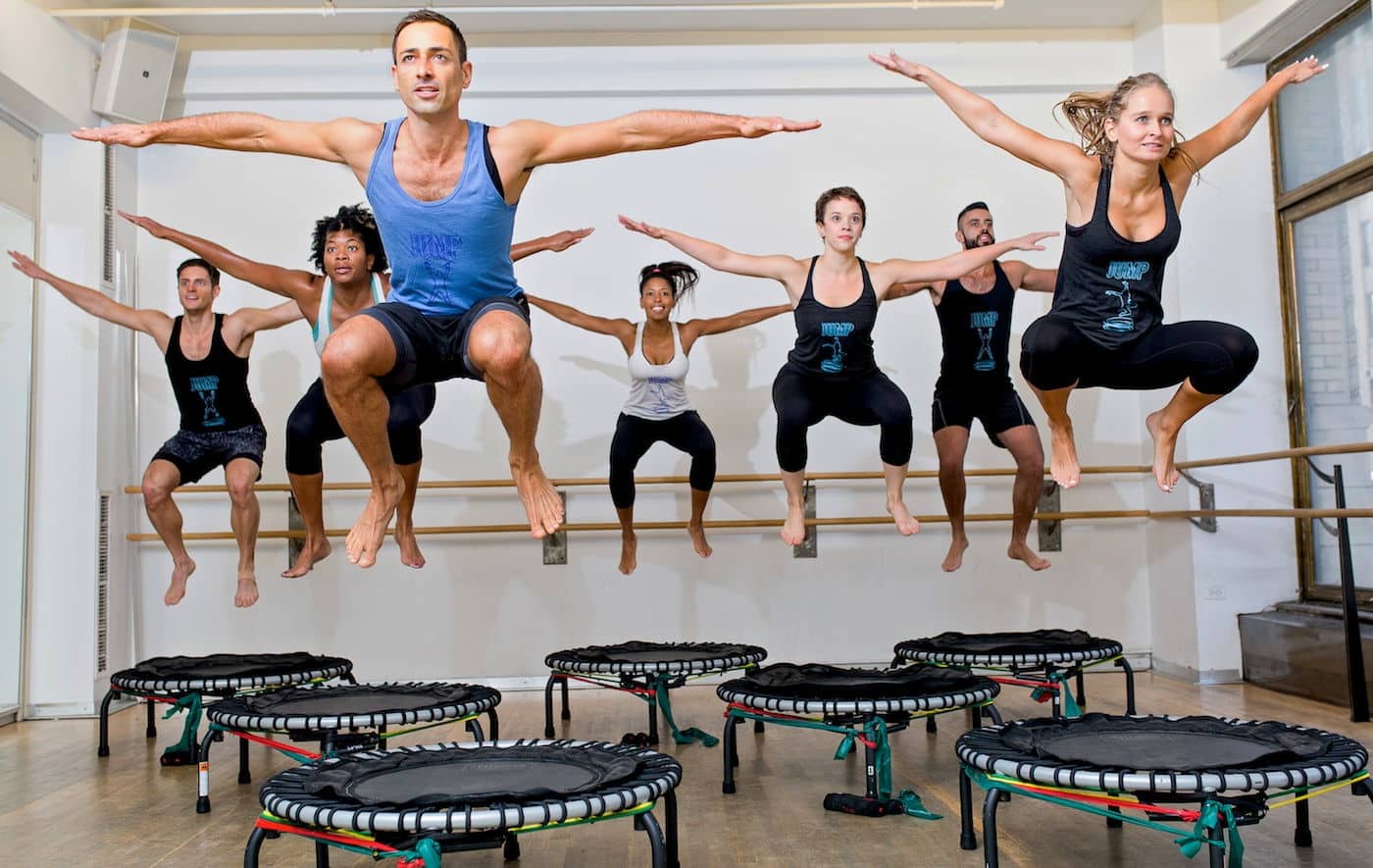
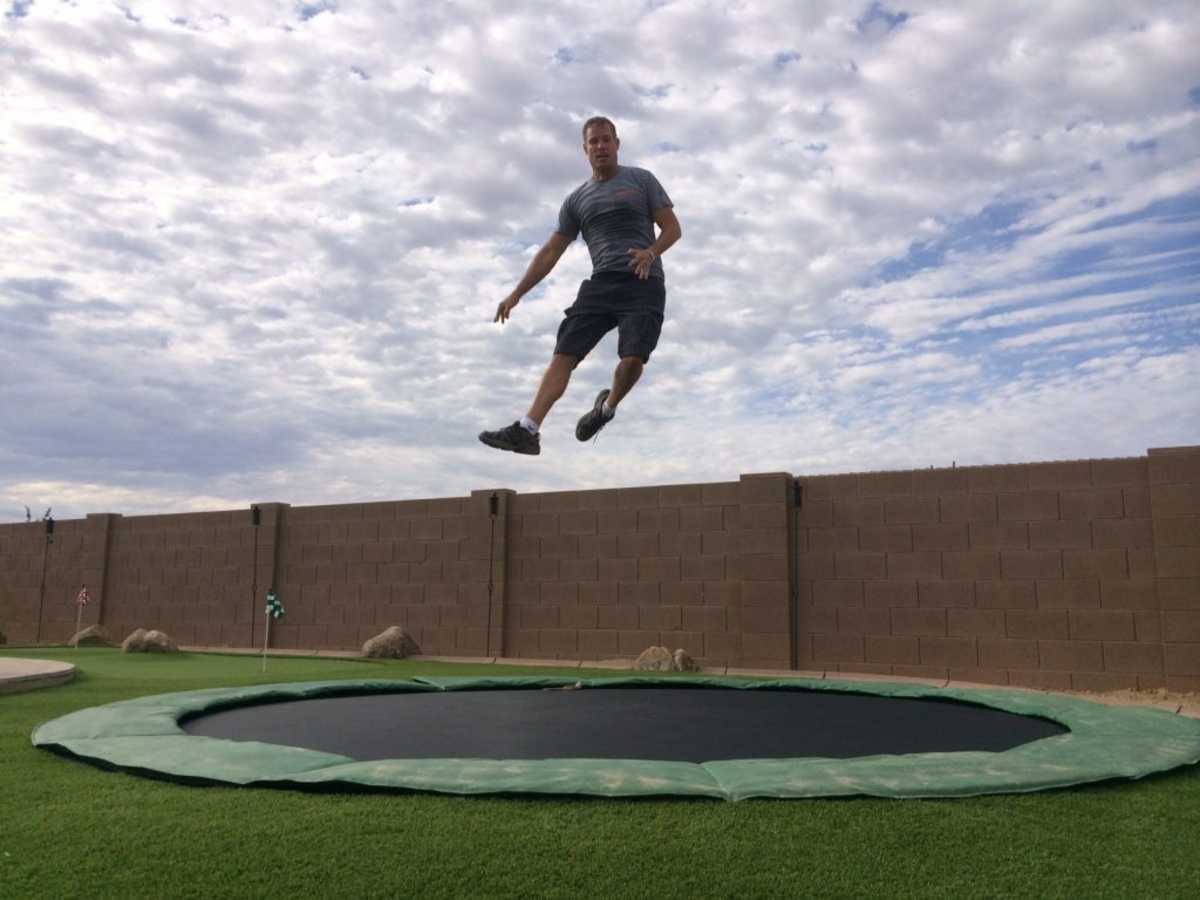

0 thoughts on “How To Do Cool Tricks On A Trampoline”